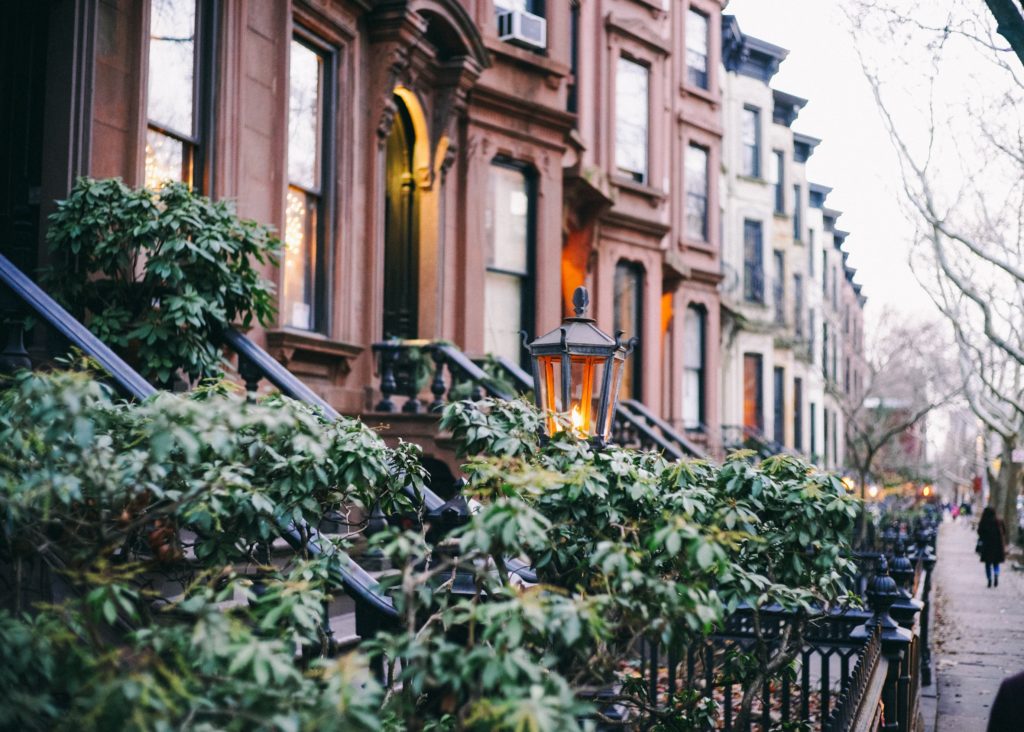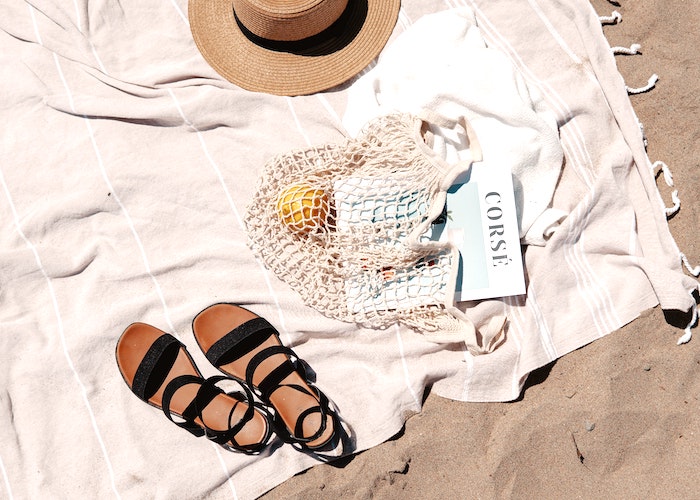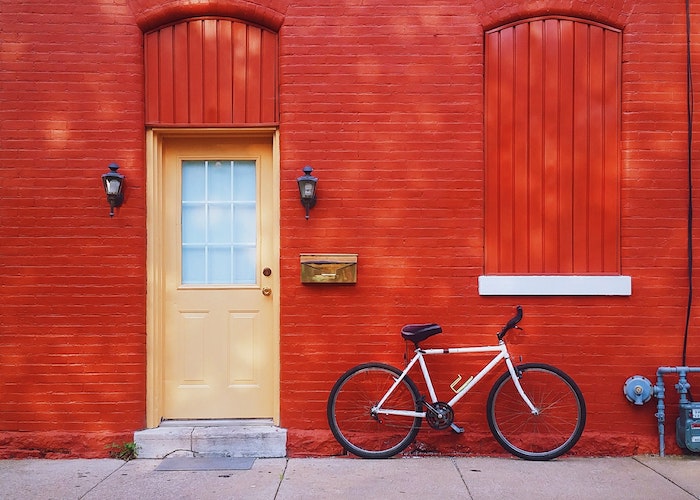Exactly What I Spent While Living In NYC On A $32K Salary

NYC is known as the most expensive US city to live in. We invented the term “rent poor” for people who make a reasonable salary by normal standards but spend 50%+ of it on rent alone. The idea of living here for less than $40K is boggling, and yet people do it. I did it! For some of us, the good in New York is worth all of the bad, and we find a way to make it work, even on only a $32,000 salary.
Before I dive into the nitty-gritty of how I made this work, I recommend you avoid this situation if at all possible. $32k/Year is barely a livable salary, and you certainly won’t be saving much money with it. I had just graduated college, and my senior year internship offered to hire me full-time. It was a new start-up and this was the salary they could offer me, plus equity. I really liked the company, the work I was doing, and I felt like this was a fantastic opportunity to grow my skill-set (it was). I decided to take the offer, and it worked out to be about $2,168 per month post-tax.
| Total Income | $2168 |
| Rent | $1000 |
| Bills | $120 |
| Rental Insurance | $5 |
| Transportation | $121 |
| Food | $300 |
| Shopping | $150 |
| Skincare | $60 |
| Savings | $100 |
| Total Spend | $1856 |
| Cushion | $312 |
Rent: $1,000/month
I lived with one roommate in an unpopular (though still fairly close to Manhattan) neighborhood in Brooklyn. We managed to find a newly renovated apartment in an old 3-floor walk up. In winter a mouse moved in with us and the landlord was less than ideal about handling it, but as I’ve learned, you get what you pay for. I had known many people who lived with more people and paid far less for rent (850s) but they also had proportionately worse living situations. We’re talking mold, serious water damage, one even had a mushroom growing out of her bathroom ceiling. So I decided it was worth it to pay roughly 50% of my take-home pay on living in a convenient and (mostly) safe apartment with only one roommate.
Bills: $120
My roommate and I split the bills for WiFi, gas, and electric, so this number represents my half.
We got the cheapest WiFi option available and our apartment only had one small window unit air conditioner that my roommate blasted during the summer. Other than that though, our energy usage was fairly low so our bill reflected that and usually the total I paid was less than this. Even though I knew the bills would usually be less than this, I kept my budget conservatively high to account for fluctuations and make sure I didn’t overspend.
Rental insurance: $5
If you don’t have basic rental insurance, get it. You never know when something might happen like a neighbor setting off the buildings sprinklers or full-blown fire. For only a few dollars a month, you can mitigate all the risk and expense a disaster could cause.
Transportation: $121
Every month I bought the monthly unlimited metro card which was $121 at the time (now it’s $127). The cost is about 44 rides a month, and I definitely used it more than that, so I’d say I got my money’s worth.
Food: $300
I break food up into 2 categories, groceries and restaurants. Anything more specific was a hassle, and these two categories gave me a clear idea of where I was spending my money, and what adjustments I could or should make the next month to maximize it further. During this year, I basically cut out snacking entirely. Snacks were never a part of my grocery budget. It helped that I worked at a snack company, so I could generally eat them whenever I wanted during work, but I never bought any to keep at home. I also don’t buy coffee. I was lucky that the office I worked from had free coffee and tea available so I never had a reason to pay for it. I had a few staple recipes that were my go-to rotations for dinners so that my grocery list was fairly routine and kept costs low. Lunches are where most of my “restaurant” budget went, since I’ve never been a fan of left overs. Finding local spots that were cheap, filling, and nutritious was worth the cost for me, and I always held some of this budget aside for outings with friends.
Shopping : $150
I don’t shop a lot. I got out of the habit in college because I felt guilty spending my parents’ money on anything that wasn’t strictly necessary. That training though came in very hand now though! Over the years I’ve managed to pare down my wardrobe and tend to only buy clothes or shoes when a beloved pair needs to be replaced. I have a separate category for “personal care” which funds my skincare obsession, and I joined the New York public library so I never pay for books (aka, my budget’s kryptonite). But other than skincare, this is a catchall category for any spend that doesn’t fall into another category.
Skincare: $60
This is my temptation category. I have a pretty extensive skincare routine that I’m very dedicated to since it has cleared up some really terrible acne. But everything needs its limit, and this one’s is $60
Savings: $100
Outside of housing, transportation, and food, I only allotted $210 on what could be considered “non-essentials.” Sure, maybe if I ate out less or shopped less I could have saved more (and many months I did). But $100 was the minimum amount I was determined to save every month. I set up an automatic transfer on payday to ensure $100 was going straight from paycheck to bank. Most months I saved more, and by the end of the year, I had about $2,000 more in savings.
My Budgeting Philosophy
Since I was on a pretty tight budget, I tried to do weekly check-ins to make sure I wasn’t playing fast and loose with my money. There were many months when my shopping budget went over, or sometimes it was the restaurant or the skincare budget, and that was okay! These categorical budgets are just guidelines for me. As long as my overall spend was within my income, things were okay. If I had $20 extra dollars under the “Bills” category after I paid the monthly bills, I could spend $20 more in shopping if I needed to. I also built in a little cushion so that I was usually able to save more than planned by the end of the month.
No budget is perfect, and I find it nearly impossible to accurately and infallibly employ every dollar I earn, so I prefer a more top-level perspective for successful budgeting. This got me through a full 12-months of NYC living, and I came out with even more saved than I planned for. I received a very welcome raise at the end, and have since readjusted my budget and find NYC much more livable now.
Julia is a recent college grad navigating life in New York City. She currently works as a marketing associate for a Manhattan-based startup and spends her free time at community yoga classes, reading, or writing.
Image via Unsplash
Like this story? Follow The Financial Diet on Facebook, Instagram, and Twitter for daily tips and inspiration, and sign up for our email newsletter here.




